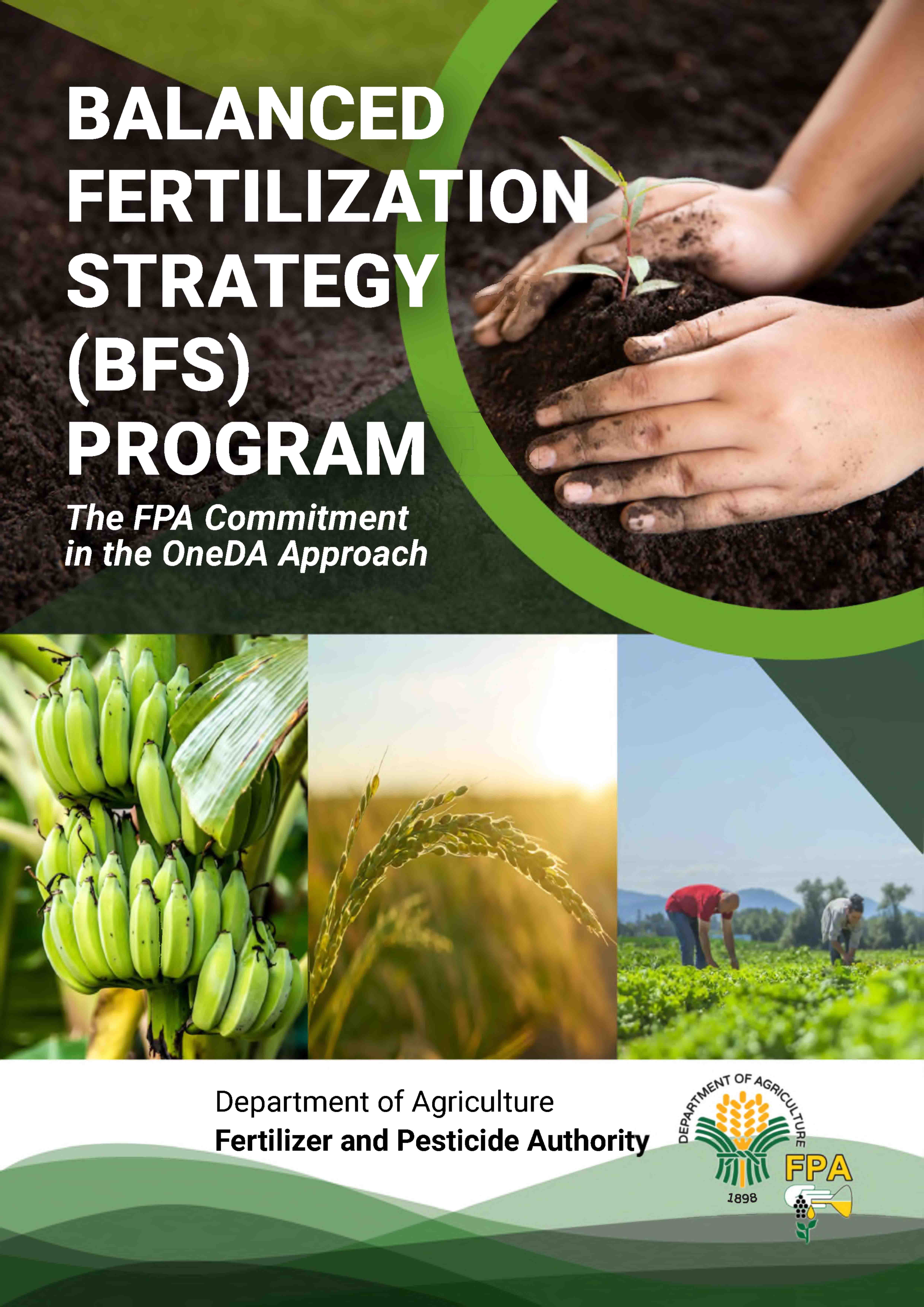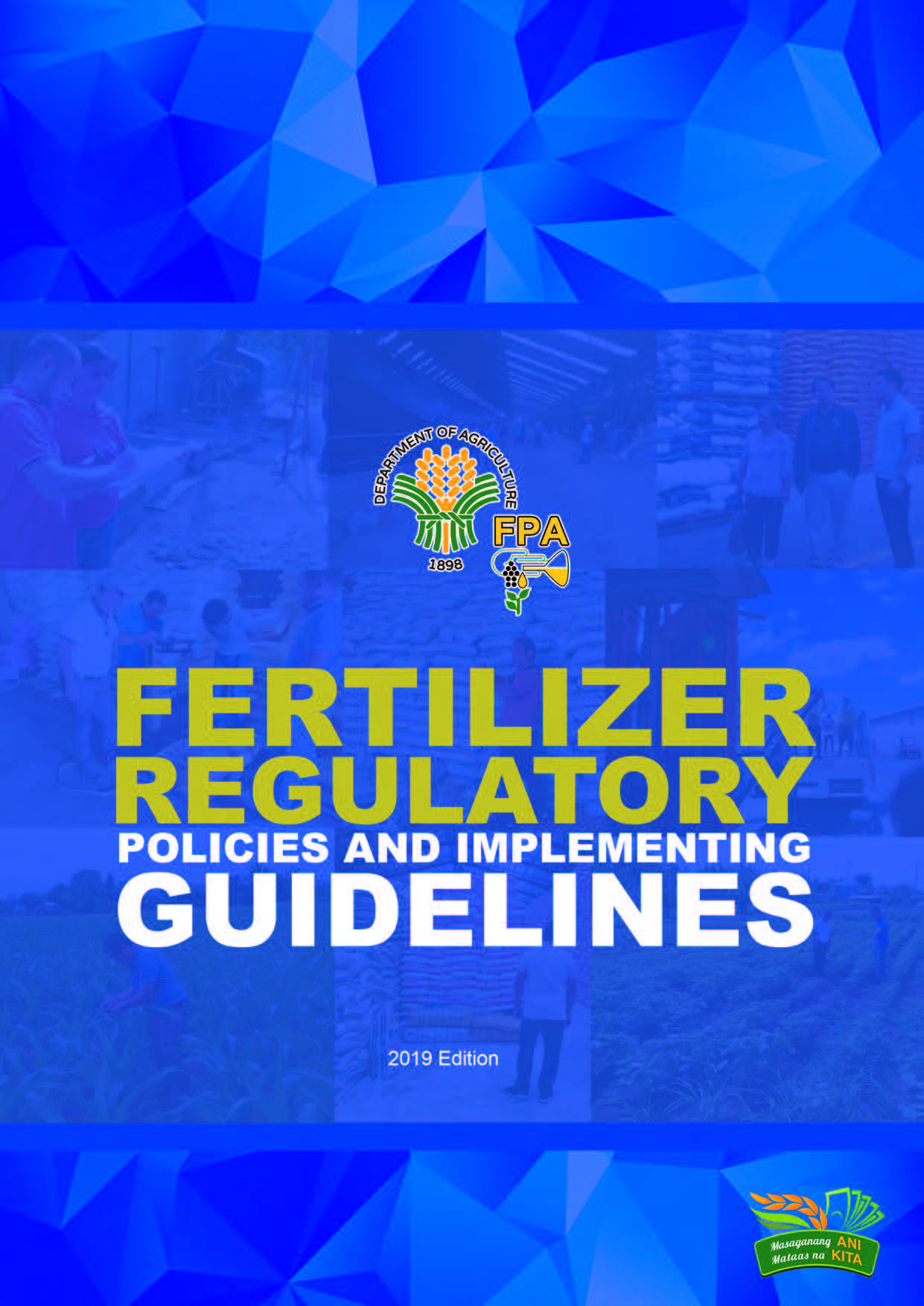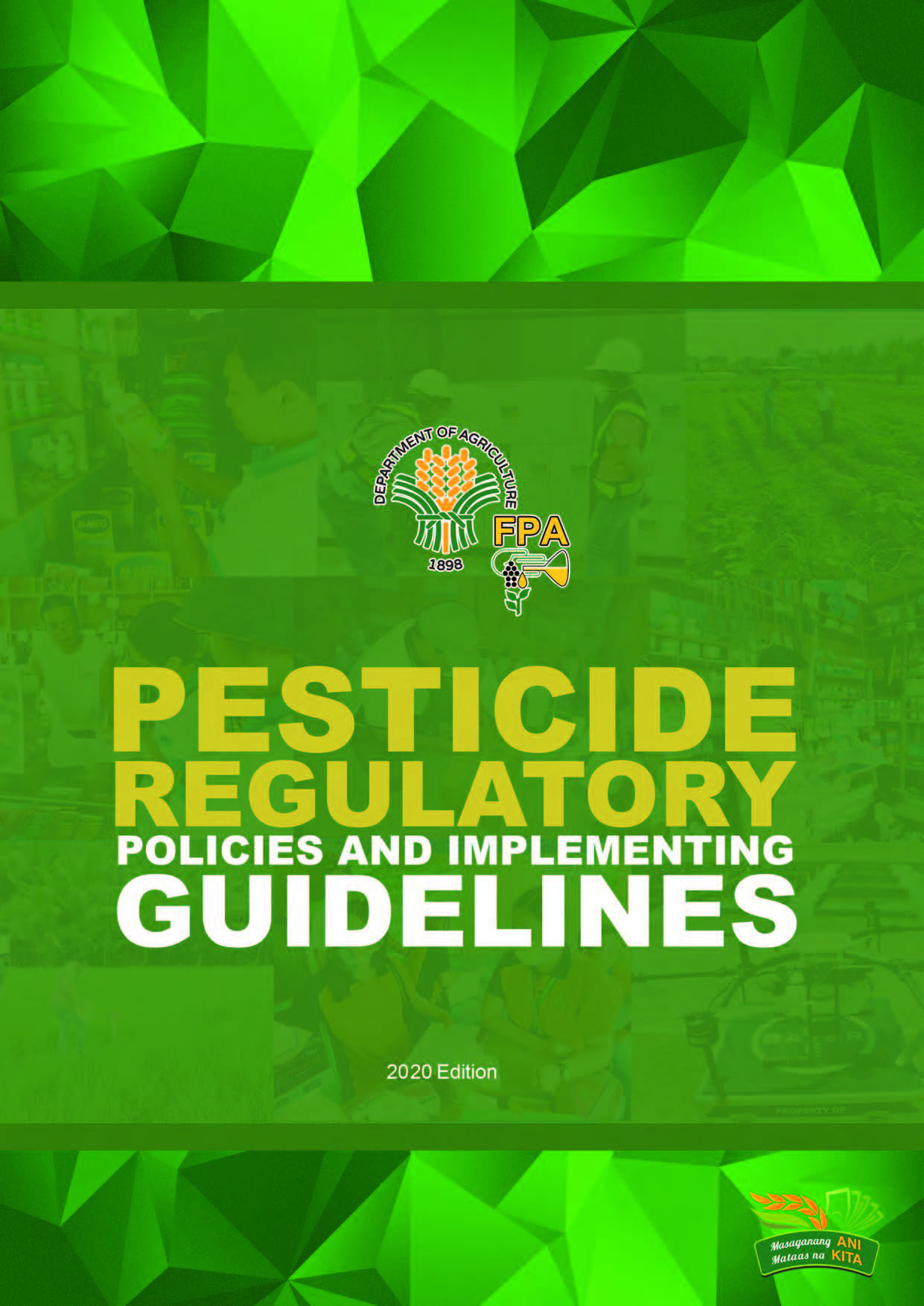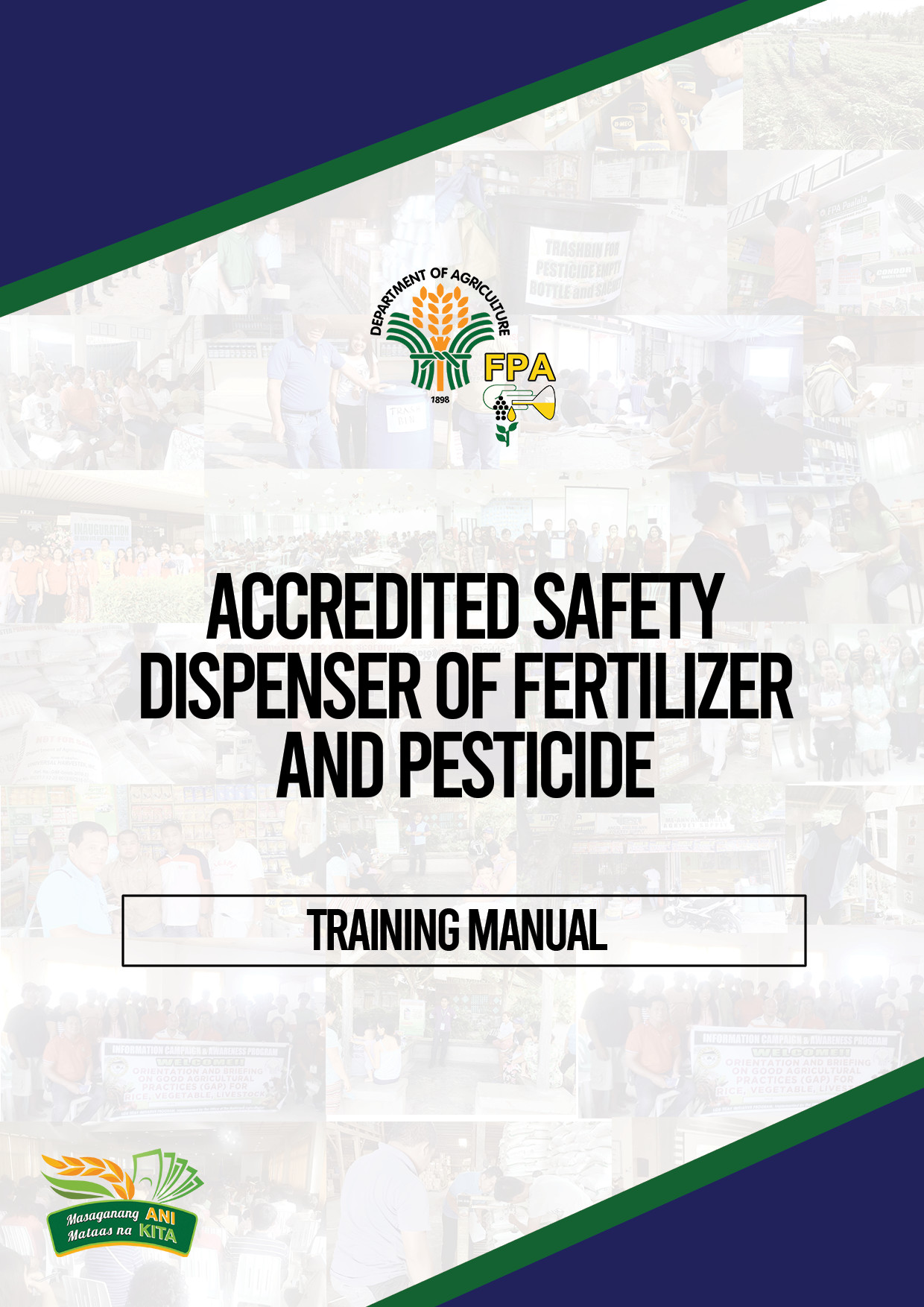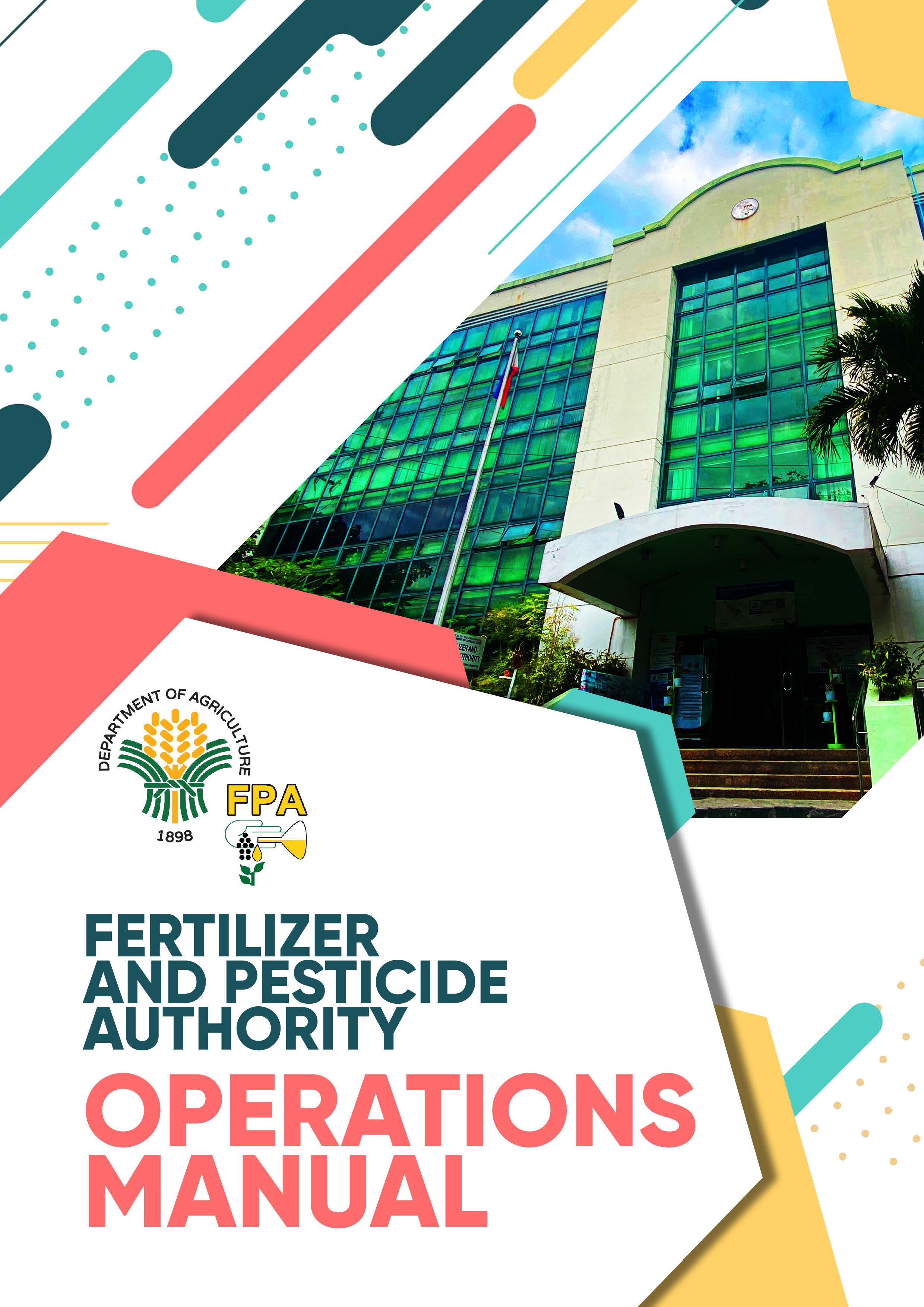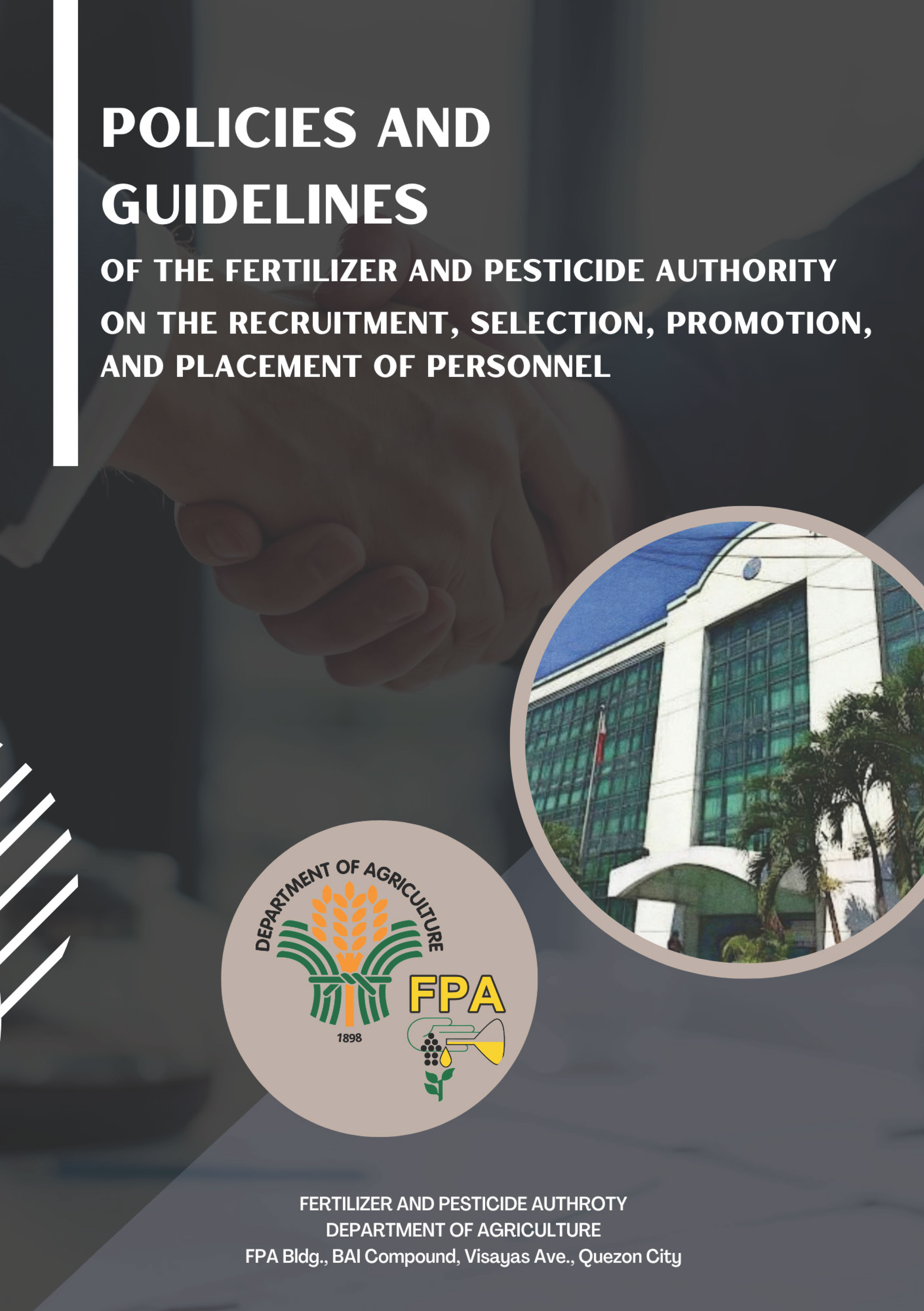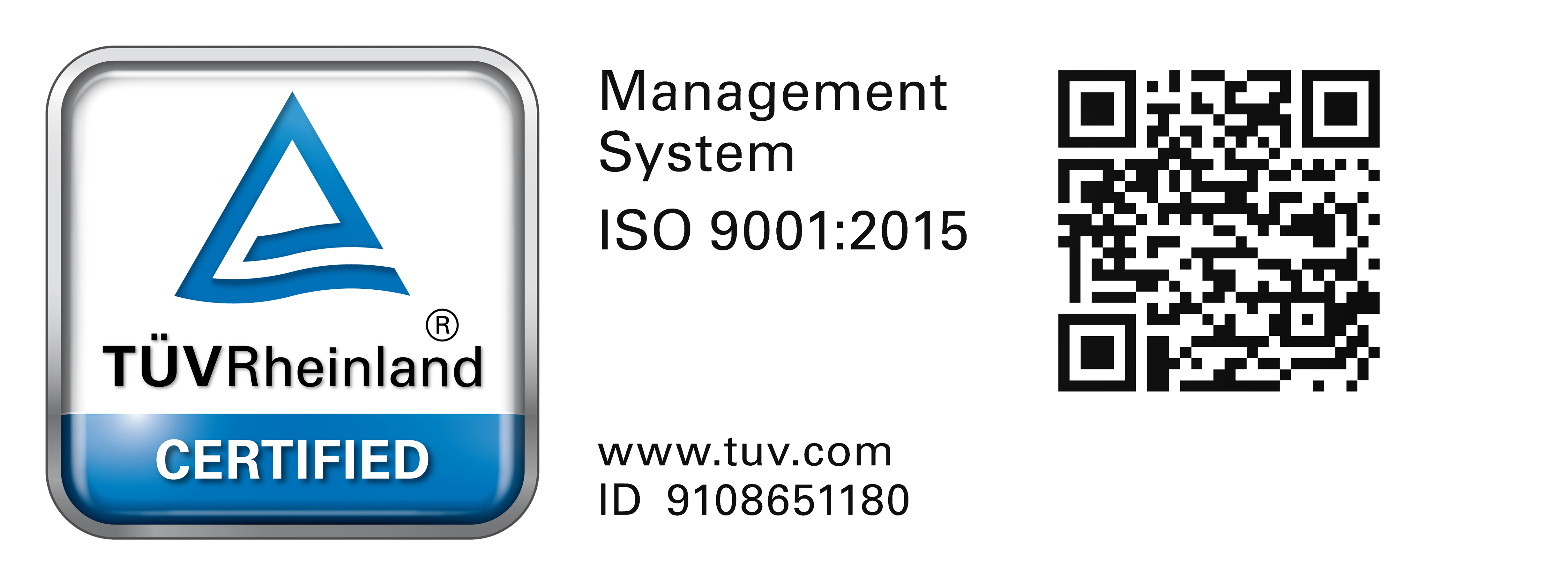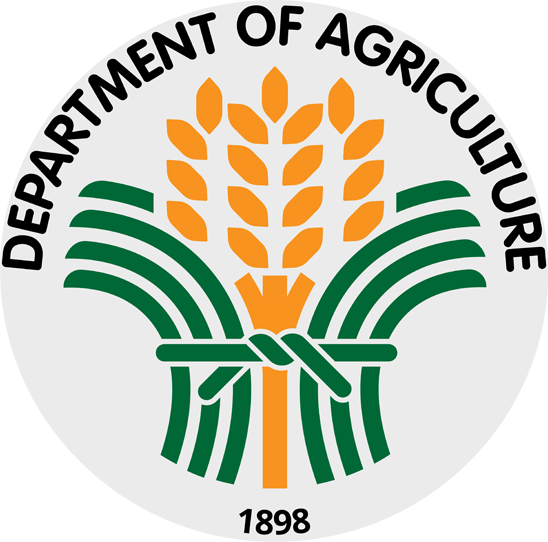25 AEWs in Leyte undergo pesticide handling training
Written by Claudette Mae C. Terciño and Eric Castañas l Published: 23 June 2022

LEYTE | June 21, 2022 - During the Training of Trainers (TOT) on “Good Agricultural Practices (GAP) - Anchored in Banana Production” organized by the ATI-RTC 8 last June 20, 2022, Provincial Officer (PO) Eric Castañas discussed the Safe and Judicious Use of Agricultural Pesticide Products to 25 Agricultural Extension Workers (AEW).
He elaborated on the importance and the legal provision in labeling pesticide. According to Article V of the FPA Rules and Regulation No. 1 series of 1997, a proper pesticide label should be:
- In every container of pesticide offered for sale, distribution, storage, and use;
- Printed, stenciled, marked, embossed, or impressed on or attached to the container in a way its whole content can be read without detaching;
- In English or any major dialect; and
- Legible and distinct in its meaning.
PO Castañas cautioned that labels should not be detached, altered, defaced, changed or destroyed in whole or in part and read multiple times.
He explained that pesticide exposure can be occupational, spray drift or environmental, by accident or intention. He further added that poisoning can be through dermal exposure, oral ingestion, and respiratory exposure.
In case of suspected poisoning, PO Castañas instructed:
- To let the poisoned person take a bath using alkaline soap, as a first aid treatment;
- Applying egg white within 1 hour of the incident is also advisable;
- If eyes were exposed, rinse them with running water;
- Mouth wash using 1 tbs of baking soda per glass of water is also advised; and
- When condition does not improve after following label directions for first aid, immediately seek medical attention and bring the product label for the doctor to see.
PO Castañas ended his lecture with ways on how to properly and safely store and dispose pesticides. He reminded the group to always wear proper attire when handling harmful chemicals.
“To reduce pesticide exposure, the applicator should always wear proper PPEs. This includes a wide-brimmed hat, goggles or face shields, masks, long-sleeved shirt, gloves, long pants, apron, and boots,” he coached. ###
Fertilizer and Pesticide Authority (FPA) Online ISSN: 2815-1674
Published by the FPA Information and Communications Team


